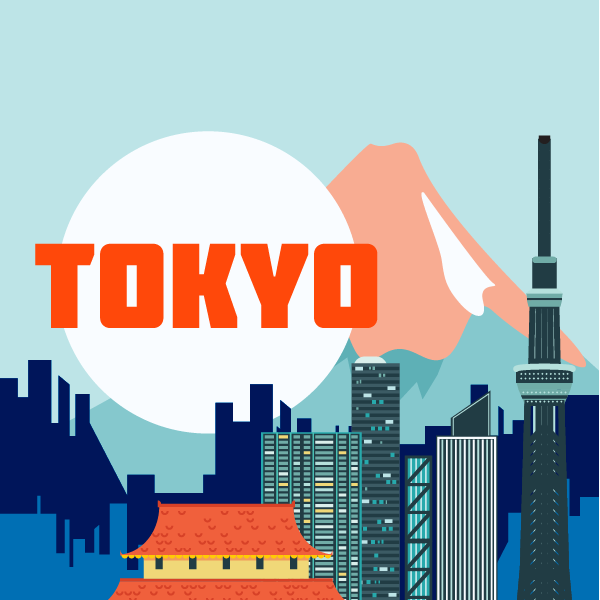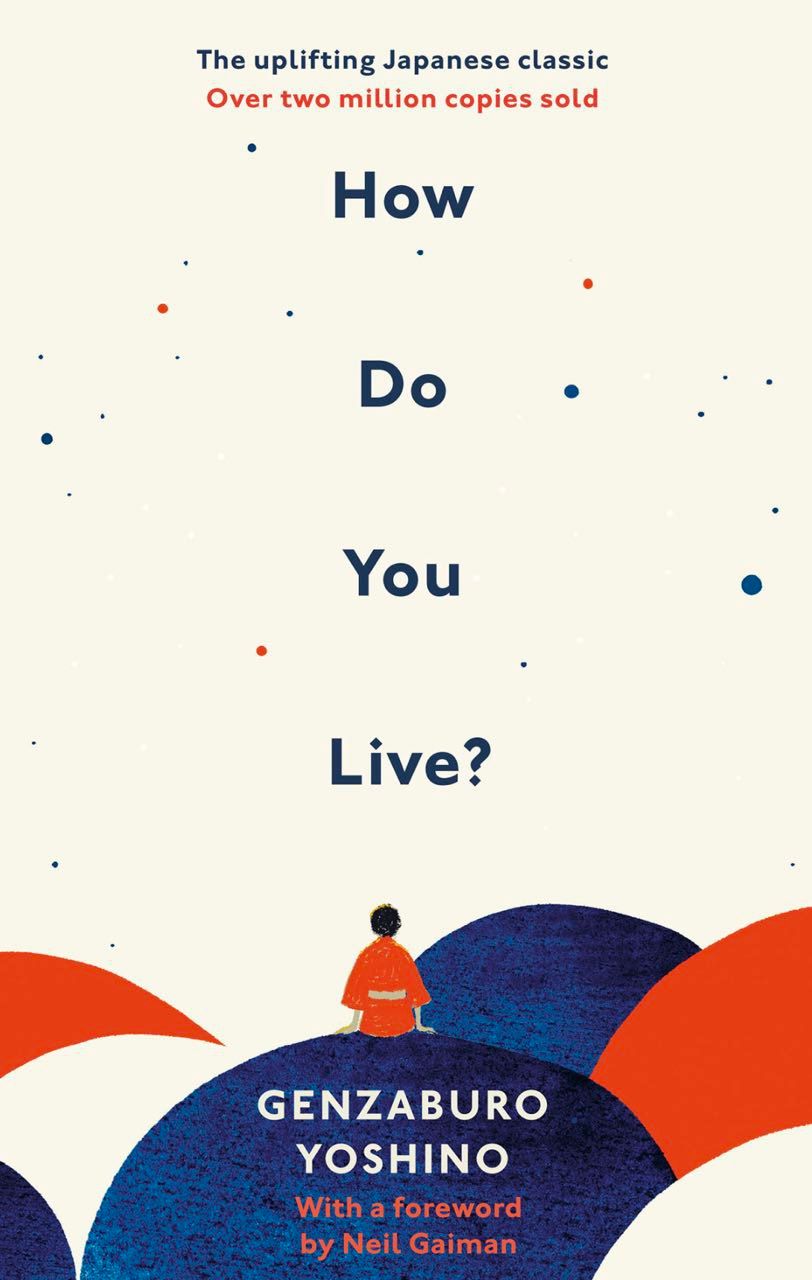Growing up to be a useful human being

[How do you live?]
The novel was set in 1930 Japan – Shōwa era led by Emperor Hirohito from 1926 to 1989. These were times where Great Depression happened to spread to Japan bringing together with it, the winds of changes.
The book starts off lightheartedly giving detailed description of our protagonist – Copper who was actually named Honda Jun'ichi. It also sets the tone of the book that his father passed on, and thus another fatherly figure, his uncle is there to guide him along the way.
In between the stories of his adventures and trials, his uncle leaves various heartfelt letters to Copper, in the hopes that one day he is able to read them and through them understands how proud he is of Copper.
Apart from this, the readers are introduced to famous figures such as Nicolaus Copernicus, Napoleon the Great, Alexander the Great and even Newton, whom have each contributed greatly to humanity with ground-breaking theories.
A brief summary of their feats are featured below:
|
Alexander the Great
(356 BC – 323 BC) |
1. Unified Greece and extended his influence to Egypt and India. 2. Even after his death, the Greek language and culture proliferated. |
|
Copernicus
(1473 – 1543) |
Proposed that Earth revolves around the Sun in 17th Century (also known as heliocentric model of the solar system). |
|
Newton
(1642 – 1727) |
1. Hypothesized and proved the 3 laws of motion and laws of universal gravitation. 2. Discovered the composition of white light. |
Napoleon the Great
(1769 – 1821) |
1. Rose to power after the French Revolution and was crowned Emperor in 1804. 2. Enacted Napoleonic code in 1804 and was later adopted by various countries. |
Throughout the novel, the author builds on the theme of self-reflection and retrospection which sees our protagonist – Copper conquers trials in his own life, slowly perceives the world around him and gradually grows into a mature individual.
It is important to seek answers from within.
Apart from this, one shocking historical fact I learnt was that the earliest Buddhist statues were actually made by the Greeks, not Indians. Some have suggested that this is because it was "sacrilegious to use human form to represent a divine being". This seems prevalent in other religions as well. This was, in itself, surprising as I have not thought to question who actually "humanize" the Buddhas/Bodhisattva, but have instead without a doubt, assumed it was inherited from India or made by Indians.
By the time I got to the end of the novel, I am sold that this is a very informative reference and serves as a road map to the generations of children to come. I hope, that with this book in circulation, those who read will aspire to improve themselves and in turn make the world around them a more hospitable place for everyone.
Every child needs to read this.
3 key takeaways are:-
- Embrace life and its beauty – life may not be always rosy and there are times when we will face with tough decisions, but that should not demoralise us. Instead, it should serve as catapult to bring us to greater heights. Apart from this, taking stock of simple moments that brings us comfort can make us appreciate life and its wonder.
- Nurture relationships – It is the important (as shown in the book) to cultivate meaningful relationships with people around us. Yoshino argues that human connection is essential to our well-being and happiness, and encourages readers to invest time and energy in building strong bonds with family, friends, and the wider community. And that, we should always be kind to others as well.
- Embrace change and uncertainty – The book also presents itself that life is intrinsically uncertain and that the only way forward is learning to embrace change and adapt. This should be perceived as an opportunity for growth and discovery, rather than something to be feared or resisted.
No man is an Island.

The book is available for purchase at the link below:-
How do you live
Member discussion